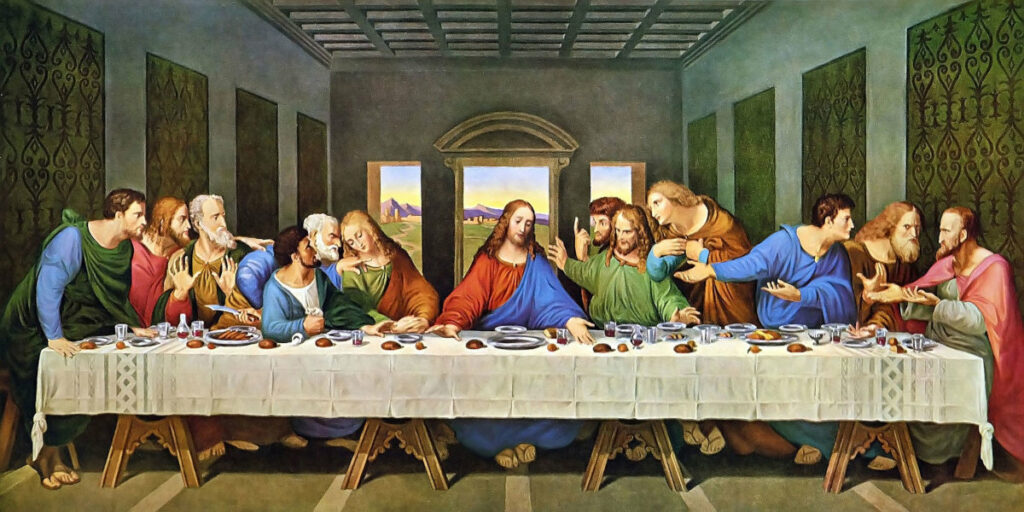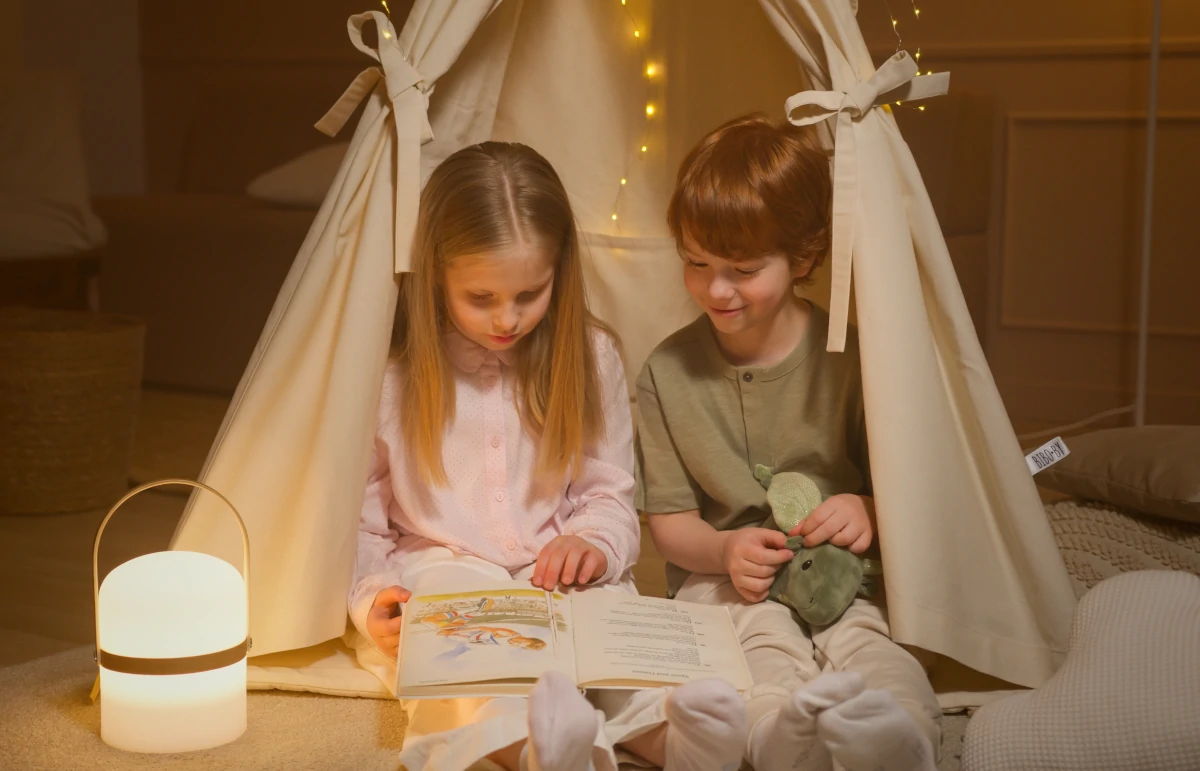Art has long been a powerful medium for storytelling, allowing artists to communicate narratives, evoke emotions, and captivate audiences. Visual art possesses a unique ability to convey stories through imagery, symbolism, composition, and other narrative elements. In this article, we will explore the fascinating realm of art as storytelling, examining the techniques and approaches employed by artists to create compelling visual narratives. From ancient cave paintings to contemporary masterpieces, we will journey through the rich history of narrative art and uncover its enduring impact on human culture.
The Language of Symbols
One of the fundamental aspects of narrative art is the use of symbols to convey meaning and tell stories. Artists throughout history have employed symbols to represent abstract concepts, emotions, and cultural significance. These symbols serve as a visual language that transcends barriers and allows for the interpretation of stories by viewers from diverse backgrounds.
An example of powerful symbolism in art is the use of religious iconography in Renaissance paintings. Artists like Leonardo da Vinci and Michelangelo incorporated religious symbols such as halos, crosses, and angels to convey stories from biblical narratives. These symbols added depth and meaning to the artworks, inviting viewers to explore the spiritual and moral themes embedded within.
Composition and Visual Flow
Another crucial aspect of narrative art is the composition and visual flow, which guides the viewer’s gaze and creates a sense of narrative progression. Artists carefully arrange elements within their artworks to lead the eye and tell a story visually. Through the use of composition techniques such as framing, perspective, and focal points, artists can direct attention to specific details or convey a sequence of events.
The iconic painting “The Last Supper” by Leonardo da Vinci exemplifies the use of composition to tell a narrative. The placement of Jesus at the center, surrounded by disciples, creates a focal point and indicates the pivotal moment of the Last Supper. The arrangement of figures and their gestures adds to the storytelling, revealing the emotions, relationships, and impending events.

Emotional Expression and Atmosphere
Narrative art often evokes powerful emotions and creates a distinct atmosphere that immerses viewers in the story being depicted. Artists skillfully employ color palettes, lighting, and brushwork to convey specific moods, intensify emotions, or establish a particular ambiance.
One artist known for his ability to evoke emotions through his paintings is Vincent van Gogh. His famous artwork “Starry Night” not only portrays a landscape but also captures the artist’s inner turmoil and emotional state. The swirling brushstrokes, vibrant colors, and expressive use of light and texture contribute to the intense and dreamlike atmosphere. Moreover, inviting viewers to experience the artist’s emotions.
Narrative Series and Sequential Art
In addition to individual artworks, artists often create narrative series or sequential art to tell more extensive stories. Series of artworks allow for a deeper exploration of characters, events, and themes, enabling artists to unfold narratives over multiple pieces.
An example of narrative series in art is Francisco Goya’s “The Disasters of War.” This collection of etchings depicts the horrors and consequences of war, presenting a sequential narrative that exposes the brutality and human suffering. Each etching builds upon the previous one, forming a cohesive narrative that prompts reflection and critique.
Learn more about art at Luxpeer’s blog.
Conclusion
Art as storytelling has been an integral part of human culture, transcending time and cultural boundaries. Through symbolism, composition, emotional expression, and narrative series, artists have created visual narratives that engage, provoke, and inspire viewers. Whether through ancient cave paintings, Renaissance masterpieces, or contemporary installations. Moreover, the art of storytelling continues to captivate audiences and offer profound insights into the human experience. As we explore the narrative elements in visual art, we gain a deeper appreciation for the power of art to convey stories, evoke emotions, and ignite our imagination.
